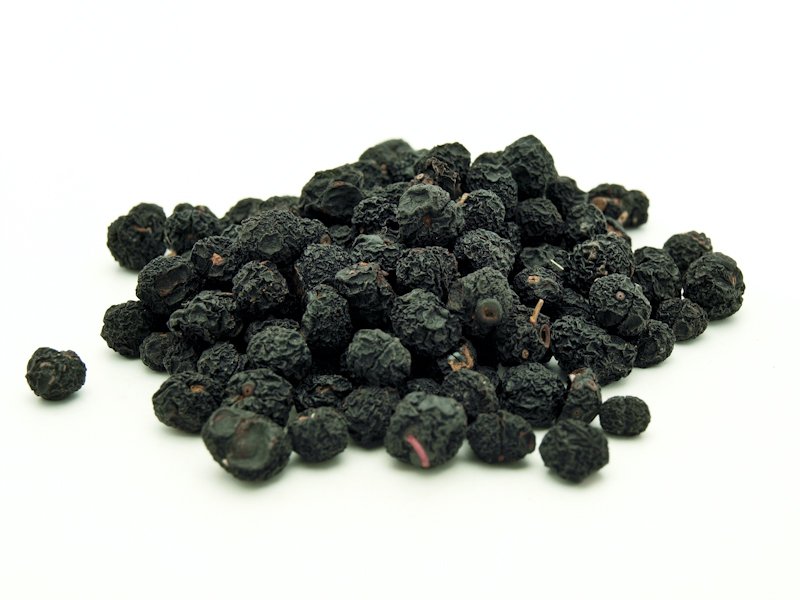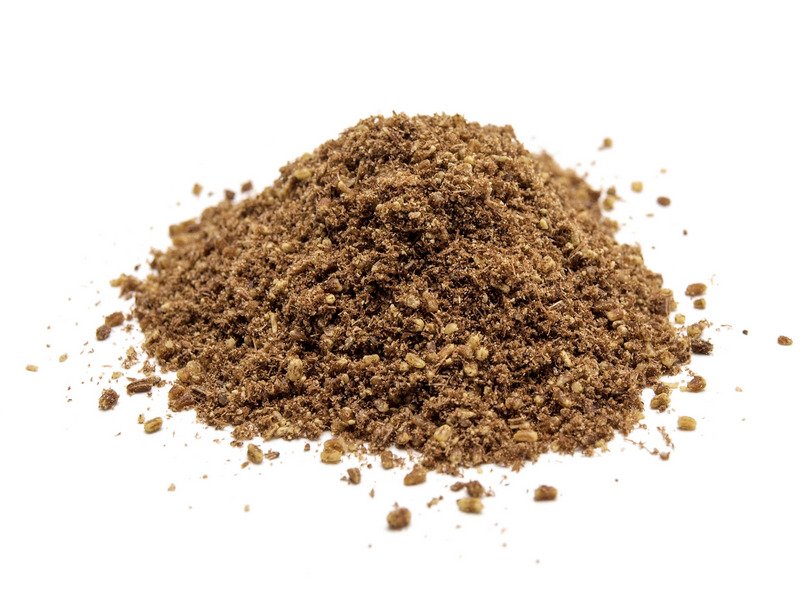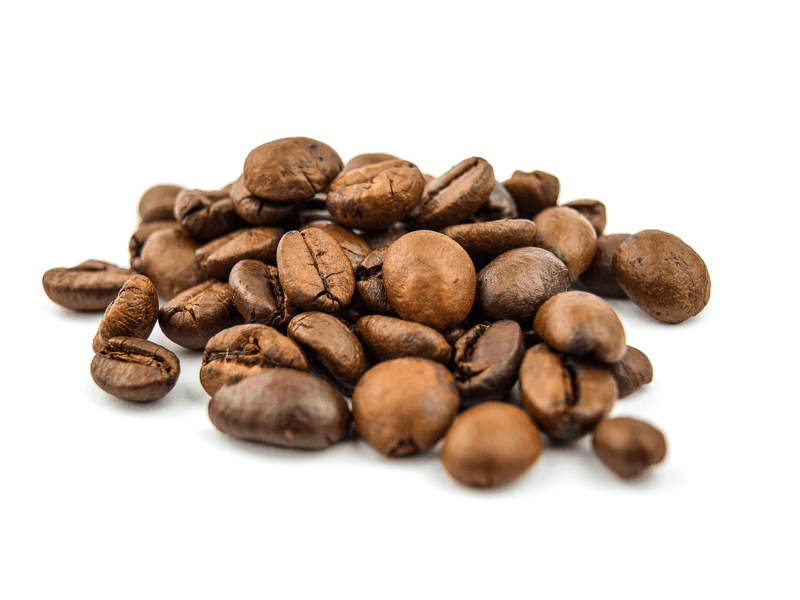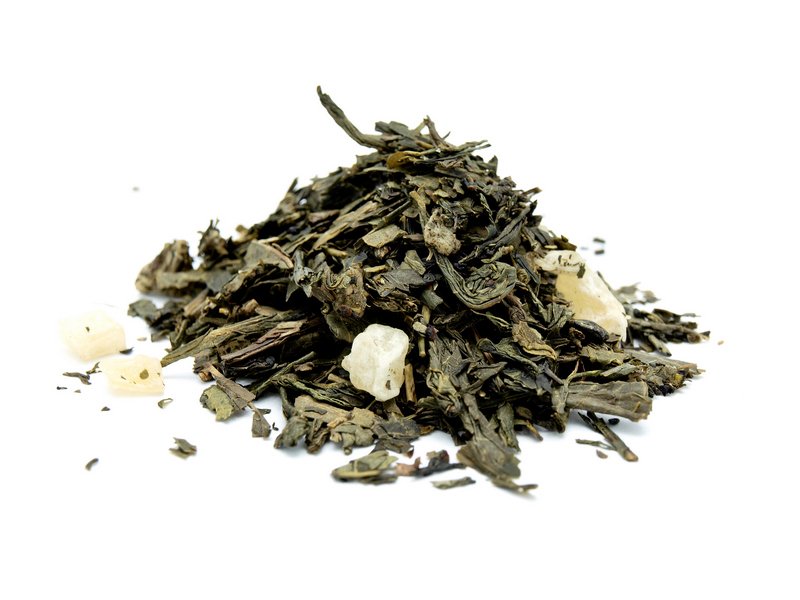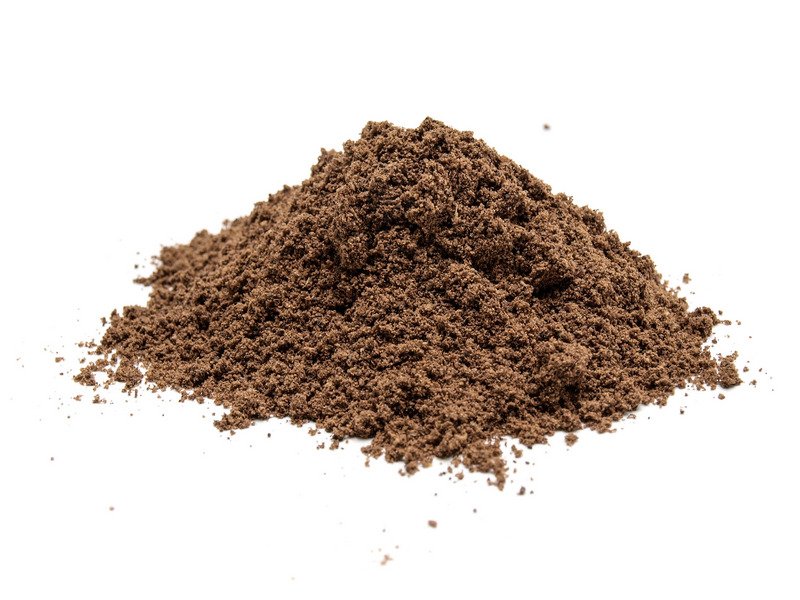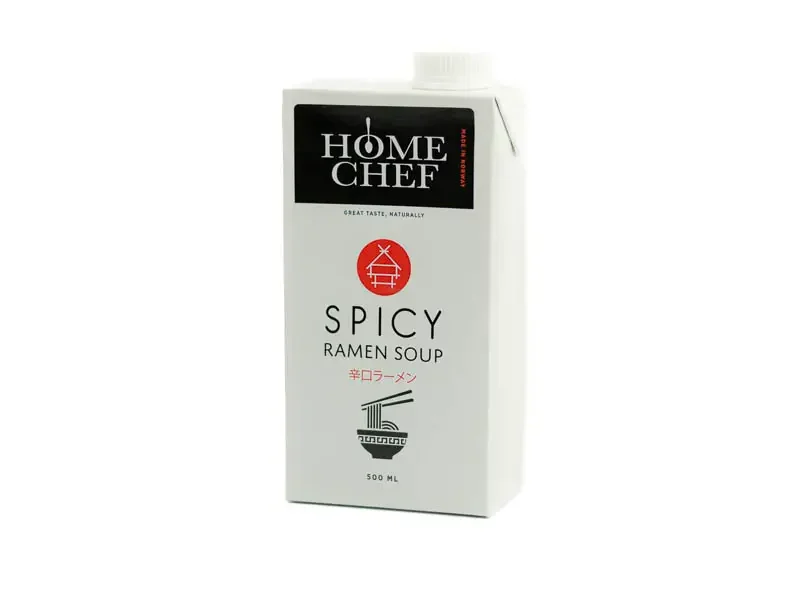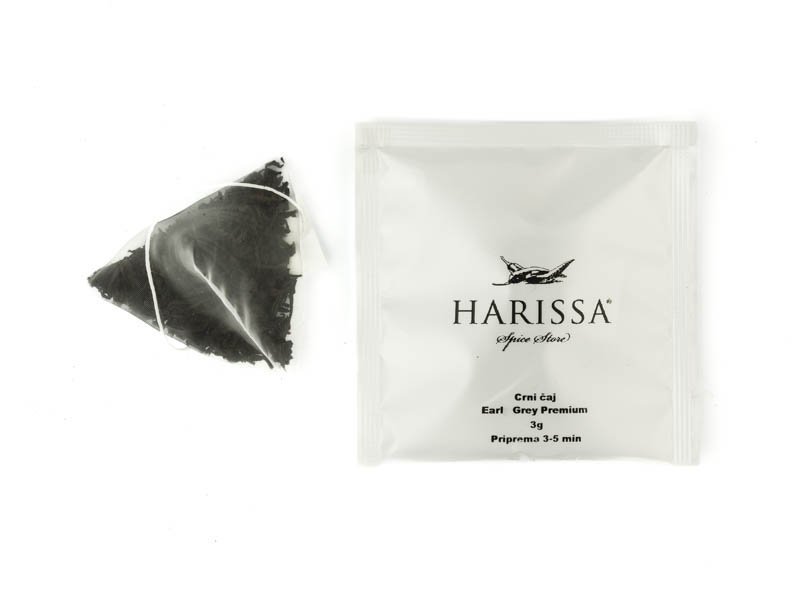Tasmanian Mountain Peppercorns
Tasmanian Mountain Peppercorns
Tasmannia lanceolata
Mountain or Tasmanian pepper comes from a genus of small trees native to Australia (from the highlands of Tasmania, Victoria and New South Wales); it is not related to the pepper vine, Piper nigrum.
Aboriginal people may never have used the leaves and berries from the tree as a spice, but early settlers soon discovered that ground berries could be used as a spice. In 1811, the colonial historian Daniel Mann noted that this "spice tree has a more penetrating quality than pepper".
FLAVOR
All parts of the tree are aromatic. The leaves have a warm, woody aroma with hints of citrus; the taste is similar. Fresh berries initially taste like sweet fruit; then follows the note of camphor - turpentine, with an intensely pungent caustic effect that leaves a numb feeling in the mouth.
USED ARE fresh and dry leaves, fresh and dry berries.
PURCHASE AND STORAGE
Both fresh and dried leaves and berries are available in Australia; fresh berries can last for several weeks if you store them in a closed plastic bag in the refrigerator. The berries are stronger than the leaves, and both are stronger than pepper, so use them carefully.
Elsewhere, dry, ground leaves can usually be found. Buy them in small quantities because they are used sparingly and the flavor evaporates as soon as they are ground, even if you store them in a well-sealed container.
USE IN COOKING
If using Tasmanian pepper instead of real pepper, use half the amount of ground leaves, and even less if using berries. Tasmanian pepper is often used in combination with other Australian bushy spice blends, such as lemon myrtle. A mixture of Tasmanian pepper leaves, lemon myrtle and thyme is good for marinades or for rubbing into lamb; in Australia the same mixture is used with local meats such as kangaroo or emu.
The berries are very strong. The best way to use them is to add a few whole or crushed berries to dishes that take a long time to cook, such as meat stews and bean dishes or mixed vegetable soups; longer cooking dissipates their sharpness and strength and allows the flavor of the pepper to spread throughout the dish.
Berries can also be put into the classic French poivrade sauce, which goes well with veal and richly seasoned game, especially rabbit and venison.
The leaves and berries of a related tree, T. stipitata, are sold under the name Dorrigo pepper, named after the Dorrigo mountains where they grow.
IT IS GOOD WITH game, veal, lamb, legumes, pumpkin and other squashes, root vegetables.
COMBINES WELL WITH bay leaf, garlic, juniper, lemon myrtle, marjoram, mustard, oregano, red wine, rosemary, thyme.
Latest Recipes
We bring you tried and tested recipes of our favorite dishes, culinary tips, and suggestions on how to best combine spices and ingredients for a complete sensory experience.
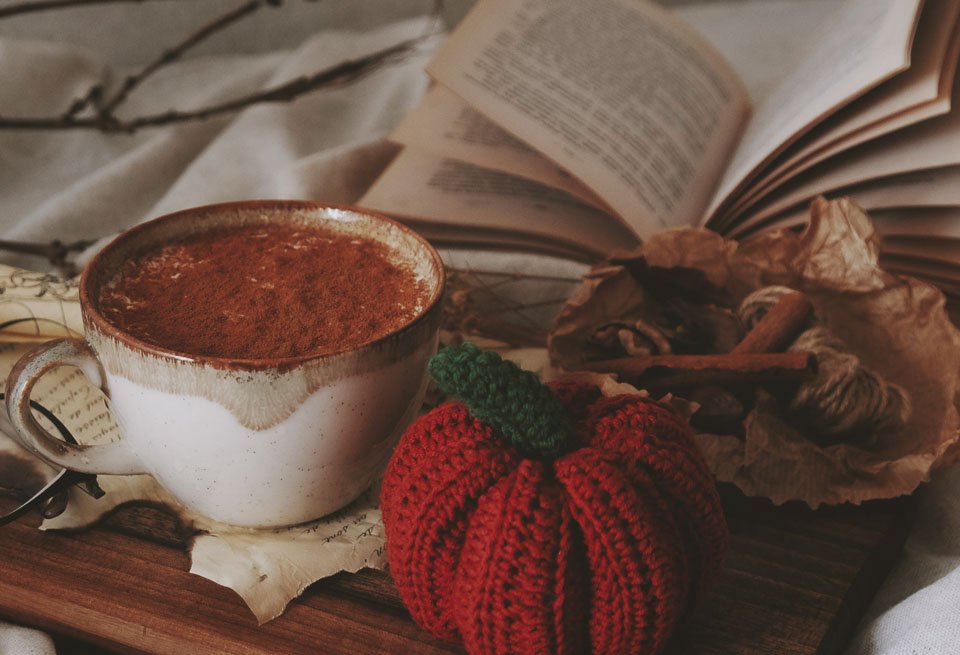
Pumpkin spice latte - The finest coffee with pumpkin flavor
Welcome the first days of autumn with the finest homemade pumpkin spice latte drink bursting with the scents and aromas of autumn.
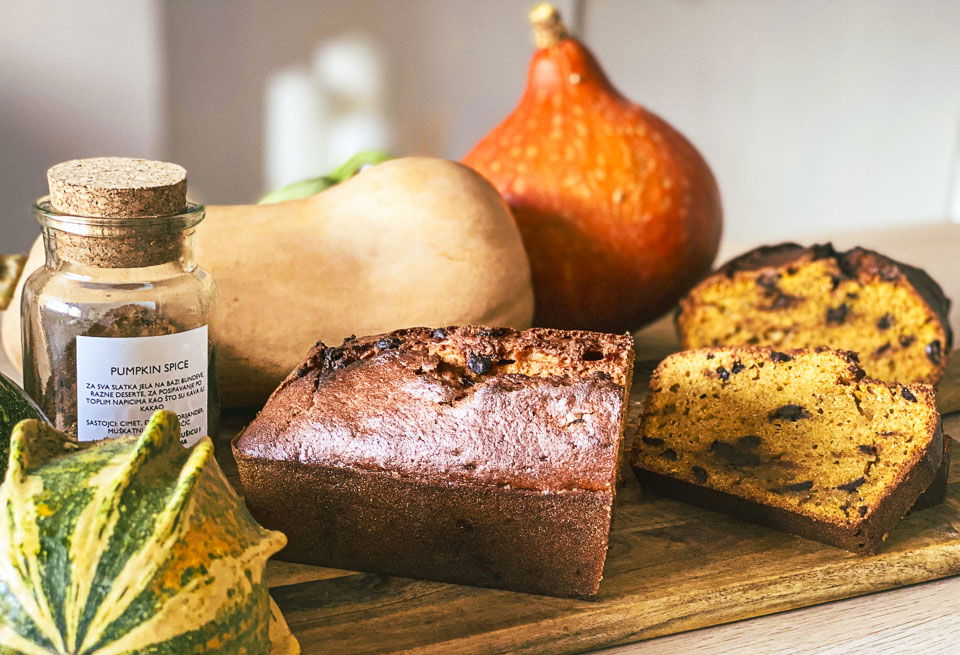
Pumpkin spice and everything nice!
Intoxicating, aromatic, layered and warm!

